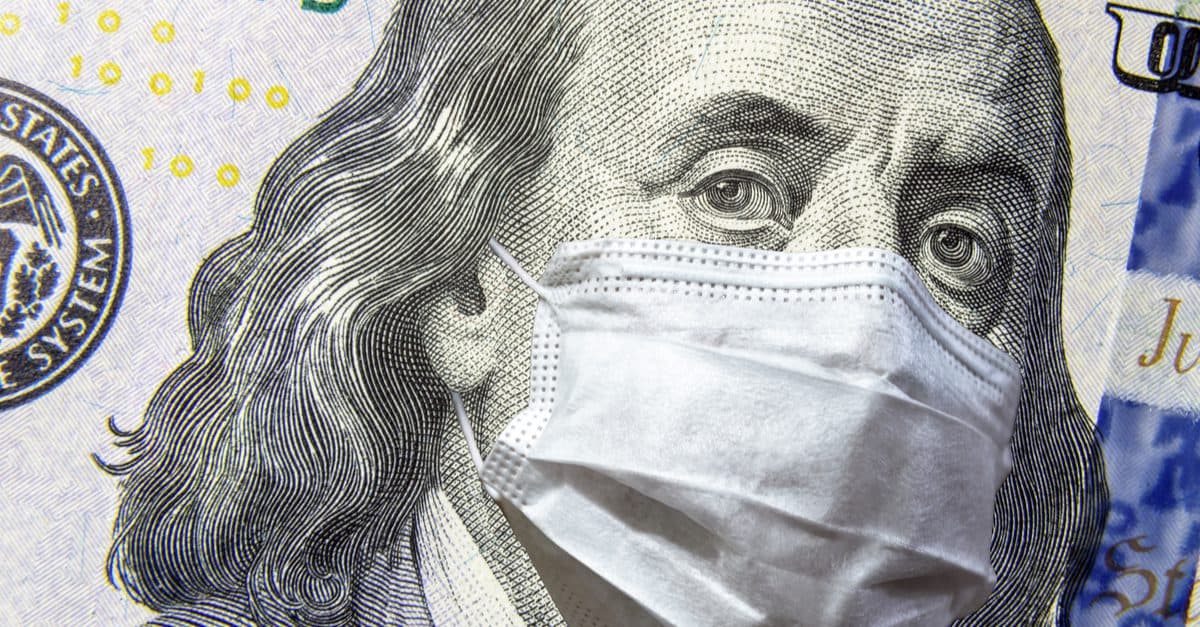What’s Behind Friday’s Disappointing Jobs Data?
Friday’s highly anticipated Labor Department jobs report missed the mark. Economists had predicted an 1 million increase, but American payrolls expanded by only 266,000 in April. Following the $1.9 trillion stimulus package and as vaccine distribution continues to pick up, the […]

Source: Shutterstock
- Concerns about contracting and spreading the virus remain and unemployment benefits have allowed workers to prioritize their health and safety
- Schools and daycares across the country are still not operating on pre-pandemic schedules, making child care a challenge for working parents
Friday’s highly anticipated Labor Department jobs report missed the mark. Economists had predicted an 1 million increase, but American payrolls expanded by only 266,000 in April.
Following the $1.9 trillion stimulus package and as vaccine distribution continues to pick up, the numbers have experts scratching their heads. Some say federal unemployment benefits are contributing to the lack of growth.
“Friday’s jobs report doesn’t make sense given other job metrics,” wrote Tom Essaye, founder of Sevens Report Research, in a recent note. “And it has given rise to the idea that, essentially, the pandemic unemployment compensation combined with various stimulus checks has essentially disincentivized workers to return to the labor market.”
Help wanted
Businesses across the country, particularly restaurants, have struggled to find enough workers. Some Republican governors are pulling out of federal relief programs early and ending unemployment benefits, claiming that the heafy government payments have dissuaded people from returning to work.
“Montana is open for business again, but I hear from too many employers throughout our state who can’t find workers,” Montana governor Greg Gianforte said in a statement last week. “Nearly every sector in our economy faces a labor shortage.”
Data from Friday supported the notion that employers are facing a labor shortage. The average weekly hours hospitality workers clocked increased, showing that businesses need more hands. Hiring has also slowed even as vaccine distribution has increased, signaling that health concerns may not be the reason laborers are not returning to work.
“There’s enough evidence out there that enhanced unemployment benefits could be keeping some people on the sidelines,” said Philip Noftsinger, vice president of finance and corporate controller for CBIZ, Inc. “I don’t know that it’s responsible for the eight and a half million people that we had working last February that aren’t working now, I don’t think it’s that pervasive, but it has to be a factor.”
Covid-19 concerns
Even as America continues to reopen, concerns about contracting and spreading the virus remain. Unemployment benefits have allowed workers to prioritize their health and safety.
“There’re still some folks that just simply aren’t going back to work because they’re still concerned about Covid, and that’s okay,” said Noftsinger. “But it’s probably, again, those enhanced unemployment benefits that are giving them the opportunity cost to make that decision.”
Seasonal adjustments
Greater unemployment benefits not the only factor, though. Schools and daycares across the country are still not operating on pre-pandemic schedules, making child care a challenge for working parents. Women’s employment fell in April by 8,000 jobs.
As experts struggle to make sense of the numbers, it is important to recognize that the Labor Department’s report is an imperfect estimate. The report is a summary of surveys, not the raw data, and the seasonal adjustments made sometimes paint an inaccurate picture.
“In the recovery period of the great financial crisis, there was a lot of talk about seasonal adjustments to the data and how lapping some of that volatility might be playing into the numbers, because the reports just never seem to fit the perception,” said Noftsinger. “There may be some of that happening here.”






